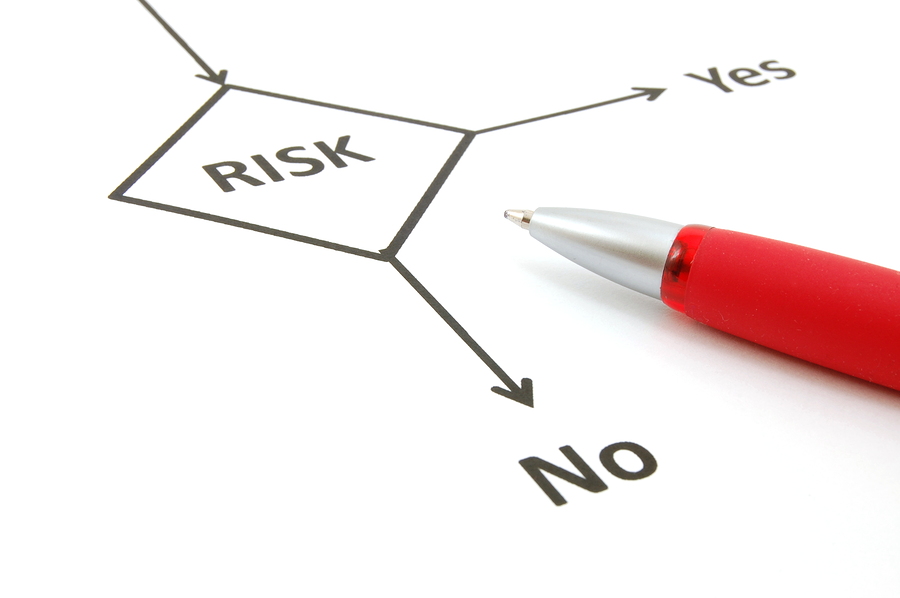How to Assess Your Personal Risk Tolerance
Risk: it’s a term synonymous with investing. But the degree of risk that each of us is willing to take with our hard-earned money is not.
That’s because each of us is different. A thrill for one is an anxiety-producing event for another. And that’s where learning to assess our personal risk tolerance begins. Because our financial portfolio should strongly reflect our comfort level with uncertain investments, though other factors are equally important.
To determine your risk tolerance level, take the following steps:
- Consider your tolerance for risks in life in general. Are you a thrill-seeker? Do you thrive off of adventure and danger? Or are risky endeavors a source of significant stress in your life? How do you handle pressure? Do challenges motivate you or debilitate you?
- Consider your age. A younger person can risk losing money in risky investments as he has plenty of time to recover and rebound. An older person in retirement or facing retirement in the next five years does not. Even more, millennials have years to continue working and building income, whereas retirees have limited sources of new income, if any. Think about how many years you have before you need the money you are about to invest. The longer you have, the more you can ride out a bumpy market.
- Consider your goals. Are you saving for your children’s college? The younger they are when you begin saving for their education, the more investment flexibility you will have and can possibly benefit from high-risk investments. But if your children are in high-school, you cannot risk losing savings earmarked for their upcoming college tuition and still be able to recoup potential losses. Another possible goal may be to save for a down payment on a home purchase. Again, your timeline should drive your investment strategy. If you are planning to buy a home in the near future and need funds for a down-payment or to qualify for a loan, you cannot afford to invest in risky stocks, bonds or other funds.
Most people fall into the following categories in terms of their risk tolerance:
- Conservative: these investors prefer to preserve as much of their initial investment as possible. Typically older and on limited incomes, their primary goal is to protect their assets from inflation.
- Moderate: most people fall into this category. Their portfolio holds a mix of stable assets as well as some less secure ones. Their yields are modest and steady, with market downturns balanced by rebounds.
- Aggressive: these type of investors are comfortable risking losing a lot of money for potentially higher returns. They experience significant losses, with the occasional gains justifying their strategy.
Understanding what type of investor you are is critical in determining your investment strategy. It is ideal to understand how much loss you are willing to withstand before it ever occurs. And it’s equally important to know your tolerance level before you experience significant gains. Because your decisions should be based on careful planning, rather than on impulsive reactions.
At Silverman Financial, we work with you to develop a personalized strategy that incorporates your own risk tolerance level and unique needs. We develop customized portfolios that are flexible and lasting.




